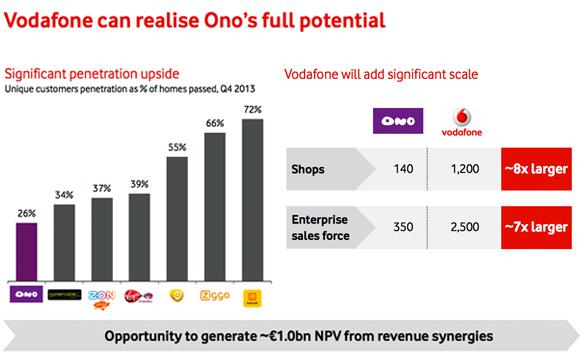Filed under: Investing
Perhaps I was a bit hasty a couple of weeks ago in declaring that a new IPO plan by online real-estate company E-House for its Leju unit looked like the recycling of an old listing that flopped and was eventually privatized. Since that initial announcement, E-House has followed with a couple of new plans for Leju, both involving collaboration with Tencent, China's biggest Internet company. In the latest of those, E-House has just announced that Tencent will become a strategic investor in Leju, paying $180 million for 15% of the unit.
From this latest development, it's clear that E-House is trying to sell Leju as Tencent's new real estate play, an assessment that looks reasonable enough. Tencent has been rapidly diversifying outside its core social networking and online-games businesses, typically by buying this kind of major strategic stake in an outside specialist. In a similar move, Tencent two weeks ago purchased 15% of JD.com, China's second largest e-commerce firm. That pair now plan to combine their e-commerce operations to create a new major player with about a quarter of the market.
Leju first splashed into the headlines earlier this month when E-House announced it would spin off the portal with an aim to list it separately with a New York IPO. I commented at the time that the plan had a strong element of deja vu, since Leju was previously listed when it was part of CRIC, a real estate joint venture between E-House and leading Web portal Sina . That partnership ultimately dissolved due to disappointing performance, and CRIC was ultimately delisted and E-House bought out Sina from the joint venture.
Prudent change of partners
The new IPO plan initially looked like E-House's way of trying again with Leju, even though the listing was an underperformer the first time. But this substitution of Tencent for Sina as the venture's partner certainly adds an interesting and potentially exciting new element to the equation. According to the latest announcement, Tencent will also purchase shares in Leju's upcoming IPO to maintain its 15% stake in the company, demonstrating its longer term commitment to the partnership.
Sina has a reputation as a strong portal operator and is one of the most respected third-party news providers in China. But the company also has a reputation for its inability to develop new businesses, and is highly dependent on advertising from its core portal operations for much of its money. By comparison, Tencent has a much stronger reputation for developing new businesses, and has used its original strength in social networking to become China's biggest game operator.
Tencent is also moving rapidly to develop e-commerce and other paid services on its highly popular WeChat mobile instant-messaging platform. That's clearly an area where E-House could benefit, since many people who use WeChat might also consider using the platform for Leju's real-estate services. In their new tie-up announcement, Tencent and E-House actually mention collaboration over WeChat, known as Weixin in Chinese, which boasts more than 500 million registered users.
All this brings us back to the bigger question of what this new tie-up really means for E-House. The company itself is a perennial runner-up in China's real estate services market, behind industry leader SouFun. But that said, it is still the second largest player and could get an important competitive advantage over SouFun with this new tie-up. At the end of the day, the Leju IPO will probably be the biggest beneficiary of this new equity tie-up, and the listing could perform reasonably well if it makes it to market by the middle of the year.
3 stocks to own for the rest of your life
As every savvy investor knows, Warren Buffett didn't make billions by betting on half-baked stocks. He isolated his best few ideas, bet big, and rode them to riches, hardly ever selling. You deserve the same. That's why our CEO, legendary investor Tom Gardner, has permitted us to reveal The Motley Fool's 3 Stocks to Own Forever. These picks are free today! Just click here now to uncover the three companies we love.
The article E-House Finds Strong Partner in Tencent originally appeared on Fool.com.
Douglas Young has no position in any stocks mentioned. The Motley Fool recommends Sina. The Motley Fool owns shares of Sina. Try any of our Foolish newsletter services free for 30 days. We Fools may not all hold the same opinions, but we all believe that considering a diverse range of insights makes us better investors. The Motley Fool has a disclosure policy.Copyright © 1995 - 2014 The Motley Fool, LLC. All rights reserved. The Motley Fool has a disclosure policy.
Read | Permalink | Email this | Linking Blogs | Comments





























